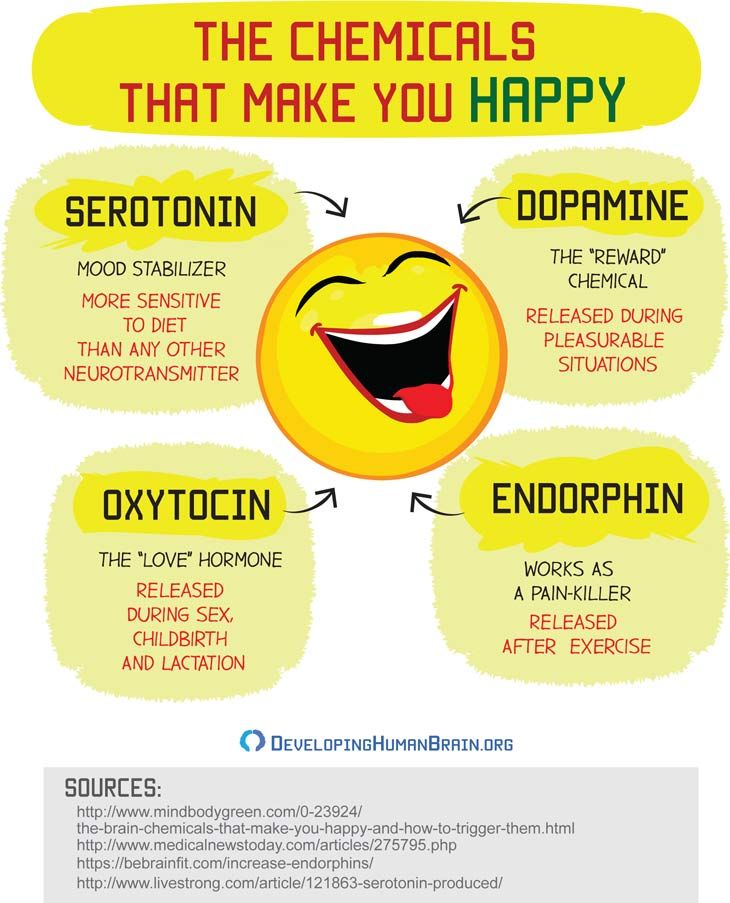

For example, frequent tanners were somehow able to tell the difference between tanning beds using UV radiation and those delivering non-UV light. Several studies – particularly those enrolling individuals who use indoor tanning facilities – have found evidence of addiction-like behavior in frequent tanners. "This provides a potential explanation for the 'sun seeking' behavior that may underlie the relentless rise in most forms of skin cancer."


Fisher, MD, PhD, chair of Dermatology and director of the Cutaneous Biology Research Center (CBRC) at MGH, who led the study. "Our study identified an organic pathway encoded in skin whereby UV radiation causes the synthesis and release of beta-endorphin and produces opiate-like effects, including addictive behavior," says David E. Their report appears in the June 19 issue of Cell. Why has it been so hard to discourage people from spending time in the sun when the dangers of ultraviolet light exposure are so well recognized? A new study from Massachusetts General Hospital (MGH) investigators adds important support to the theory that ultraviolet (UV) light can actually be addictive, finding that chronic UV exposure raises circulating levels of beta-endorphin in mice and that UV-habituated mice exhibit withdrawal symptoms if beta-endorphin activity is blocked.


 0 kommentar(er)
0 kommentar(er)
